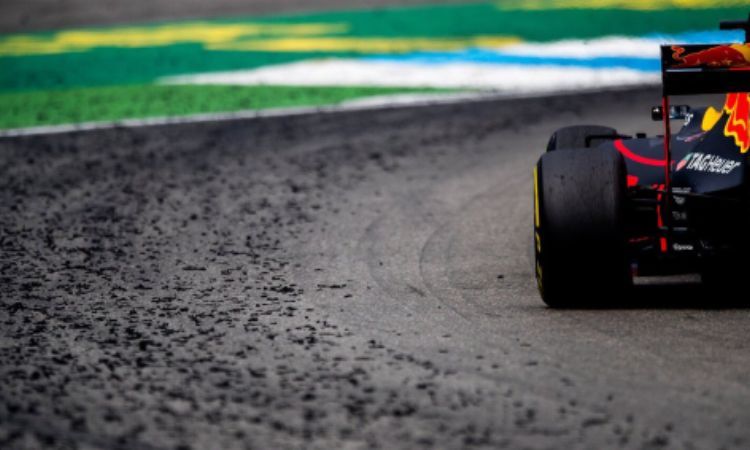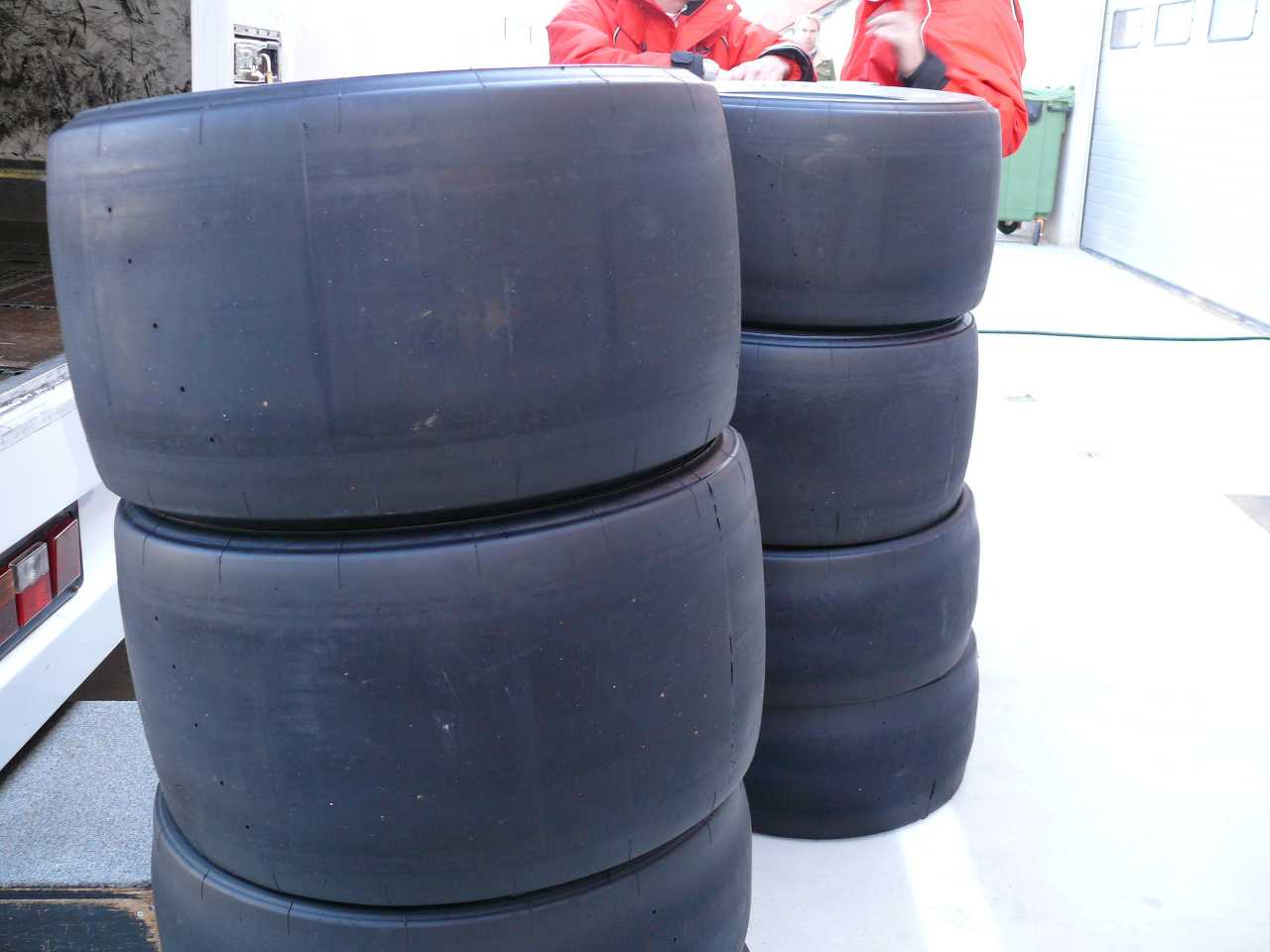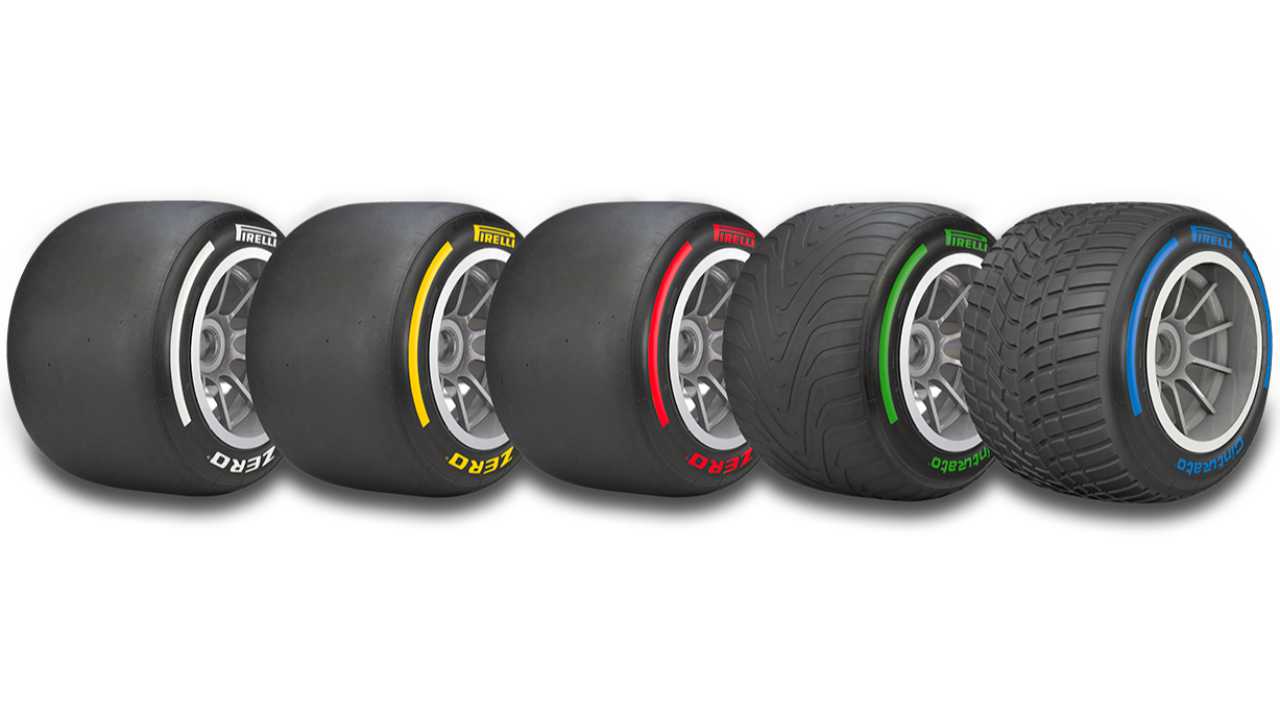For the many fans of Formula 1, tires are one of the things that are discussed by the drivers, commentators, engineers, time principals etc, during every race weekend. Drivers must adapt their driving style to extract the best possible performance from the cars while ensuring that their tires perform according to the team's requirements.
Two key words that are used regularly are wear and degradation. Both can result in a meaningful reduction in lap time, but the reasons for this are very different. This article aims to explain the difference in very simple terms to better understand these concepts and to give a little insight into some of the things the drivers and engineers have to plan for during a race weekend.
Tire wear
This is the easy one. F1 tires are currently only manufactured by Pirelli. They are available in several different compounds, typically referred to as Soft, Medium and Hard. The softest compounds have a temperature window of approximately 85°C to 105°C. This means that the driver must drive the car in such a way that the tires will warm up and reach this window, and then they must ensure that the tires stay more or less within this window.

F1 cars aren't stuck to the road going around corners like they are on rails. They tend to slide much more than you think, and what we see on TV doesn't convey how much movement there actually is. This movement is essentially the driver sliding the car through corners to extract maximum performance out of the car (especially in qualifying). Still, this sliding causes the tire to have its surface constantly being scraped off by the coarse tarmac of the road surface. This is tire wear and is a physical reduction of the total amount of rubber on the tire.
Since each track surface is different, the amount of rubber being scraped off will also differ. Tracks with a very coarse surface tend to cause the tires to wear much faster than tracks with smooth surfaces. This is generally not an issue, and the tire will perform similarly until the rubber is almost completely gone. Once there's very little rubber left, the tire will lose grip mainly because there's too little rubber left to hold the heat in to keep the tire within its required temperature window. The driver will then notice a rapid reduction in grip, and they must either pit for fresh tires or stand the risk of being overtaken.
Tire degradation
If you have a brand new rubber (elastic) band and leave it outside in the rain/sun/cold, after a few days, you will notice that if you try to stretch the rubber band, it will most probably snap very easily. The rubber will show lots of fine cracks and won't feel as soft and pliable as when it was new. This is essentially tire degradation.

Sometimes, the tires available to a driver are too soft for the track temperature and become almost impossible to keep within the required window. The tires will then overheat, and this causes the tires to change their physical properties from the expected high grip levels to a level below par. This degradation can happen quickly, and you will realise this is an issue for a driver when they pit far earlier than expected. Driving style and car setup can greatly reduce this, so some drivers tend to get more life out of their tires than others. This is also why teams favour the medium tires in the race and the softs for qualifying.
Summary
Tire wear is the tire being scraped by the road surface, and tire degradation is the tire rubber changing its physical properties due to changes in temperature. This changing of the physical property means that the tyre moves from being soft and pliable (relatively speaking) to something hard and more rigid.
The driver and their engineer can generally manage wear and degradation but only up to a point. After that, a pit stop for fresh tires will be needed.
Final thoughts
A good tyre model is vital in sim racing, and sims like iRacing and Assetto Corsa Competizione are developing their tyre models continuously. Certain aspects of real-world tyre behaviour, like wear and overheating, are modelled quite accurately in sim racing, making the information in this article quite relevant. Therefore, you must learn how the tyre model in your racing sim choice works to maximise your on-track performance.

